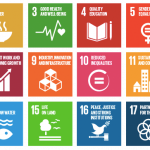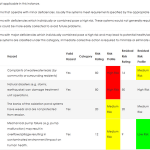Wrapped up in confusion about W2RAPs? The solution is on its way…
The focus of the W2RAP process is on spurring internal performance improvement, through an emphasis on regular performance measurement and better information to inform management decision-making. A key advantage of the W2RAP approach is that it serves as a platform for middle managers to engage top municipal management via assessed and documented risks, and thus enables parties to highlight prioritised risks and corrective actions which can be planned and budgeted for monitored implementation.
When DWA introduced the need for development and implementation of water safety plans by all WSIs (through Blue Drop Certification), the Water Research Commission (WRC) saw the challenges faced by WSIs in developing water safety plans and therefore initiated projects to both develop a guideline document, spreadsheet and web-based tools to assist WSIs with water safety planning activities. In particular, during the WRC project that lead to the development of the aforementioned spreadsheet-and web-based tools, the value and importance of the inclusion of a similar tool for wastewater aspects was highlighted by municipal officials and sector stakeholders. In a similar fashion, when the development and implementation of W2RAP became a requirement and similar difficulties were noted, WRC again funded development of a W2RAP guideline. An opportunity now exists to both extend the principles and approach outlined in the W2RAP guideline document and learn from the success of the WSP process to create spreadsheet- and web-based tools that can be used by the sector to assist with W2RAP development and implementation. Web-based reporting systems and automatically generated risk assessment reports offer cost saving, time saving, reliability advantages and the potential for enhanced management oversight.
As per the Water Research Commission (WRC) developed water safety planning tools, the WRC has again appointed Emanti to use the principles and approach outlined in the WRC W2RAP guideline document to produce the following outputs:
Wastewater Risk Abatement Plan Tool (web-based and supportive spreadsheet-based tools, and allows development and tracking of a W2RAP and could include sections such as: (1) Formulate the W2RAP team, (2) Describe the system (collection, treatment, fate of effluent and sludge), (3) Assess/evaluate the wastewater system, (4) Hazard/risk assessment, (5) Identify control measures and associated corrective actions, responsibilities, timeframes, and costs (for subsequent W2RAP implementation)).
Wastewater Risk Abatement Planning Status Checklist Tool (web-based and supportive spreadsheet-based tools, and allows the user to determine status of W2RAP processes – i.e. Where are we? What have we completed? What must we still do?).
The tools will be developed using available literature and project team experience, and adapting these to South African conditions, thereby also being adaptable for the use in middle-to-low income countries in Africa and elsewhere.
For further information on these tools please contact us.










